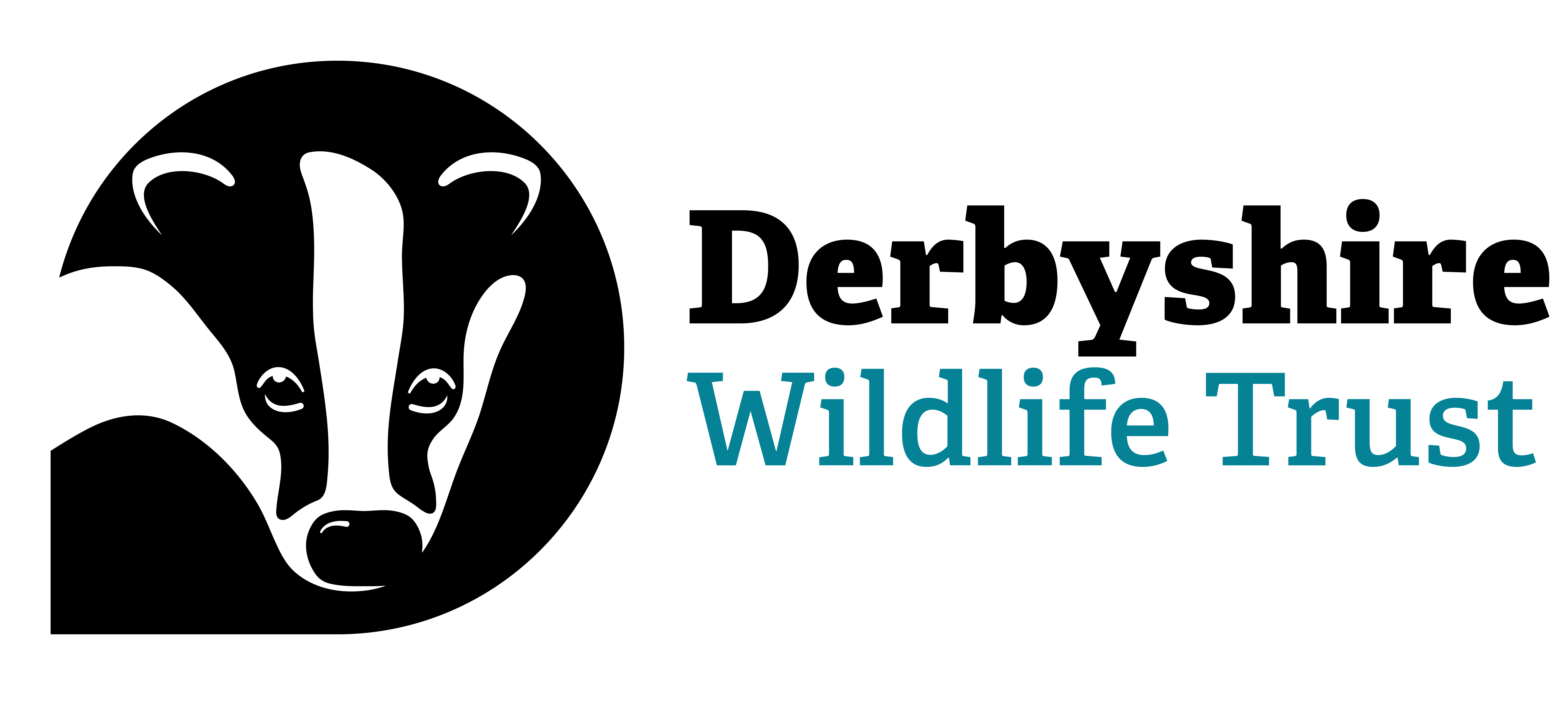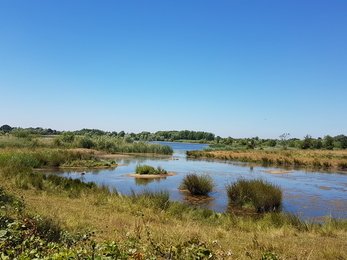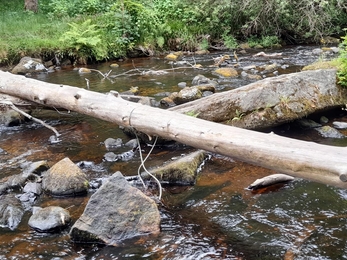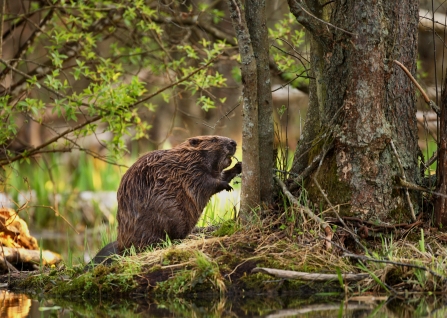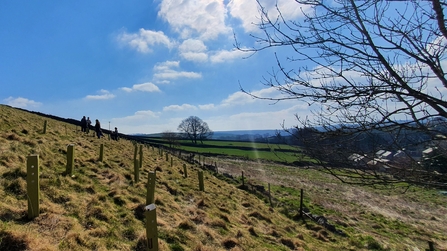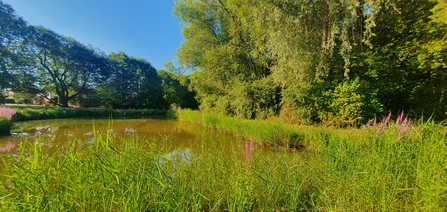The Derwent Connections Project is multifaceted with aims to establish a dynamic landscape with a strong community acting for nature throughout the Derwent River Valley. Some of the key focus areas within the project include woodland creation and natural flood management.
But what exactly is natural flood management? How does it work, and how it has been used within the Derwent Catchment already?
What is flood management?
The main aim of any form of flood management is to reduce the maximum water height of a flood or delay the arrival of flood water downstream by slowing the flow of water across the river catchment. Conventional flood management techniques such as river dredging and building dams, work to deepen the river channel, reduce the maximum water height or with dams, hold back the arrival of flood water and release this water over longer periods. The difference with ‘natural’ flood management is the methods by which we slow the flow and reduce the height of flood waters.
